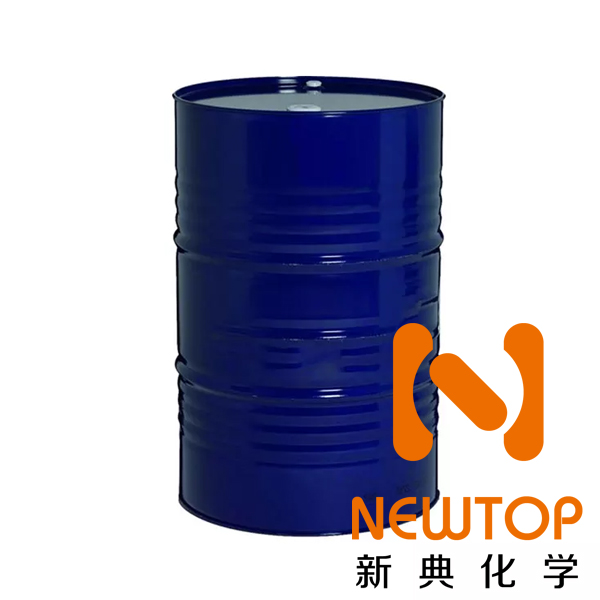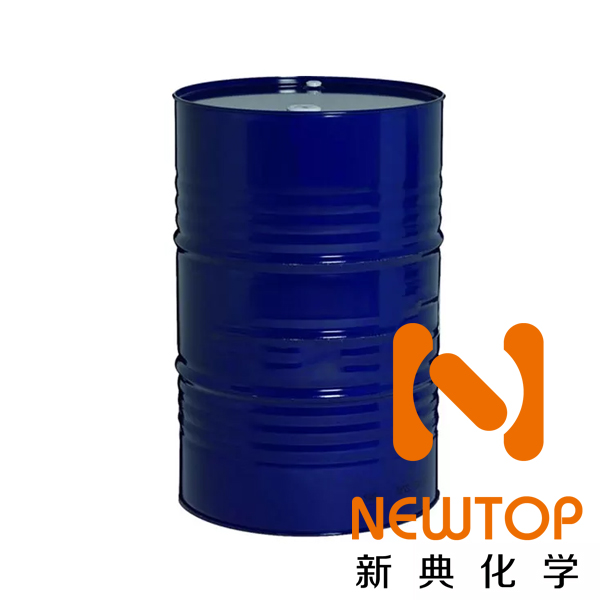
Catalysts play a crucial role in various domains, from chemistry to social change, by accelerating reactions and transformations. This essay explores the role of catalysts, primarily focusing on their function in chemical reactions and their metaphorical application in other fields.
Catalysts in Chemistry: The Scientific Perspective
In chemistry, a catalyst is a substance that increases the rate of a chemical reaction without being consumed in the process. Catalysts work by lowering the activation energy required for a reaction to occur, thereby speeding up the reaction rate. They achieve this by providing an alternative pathway for the reaction, which involves lower energy barriers.
The role of catalysts in chemical reactions is vital. They enable reactions that would otherwise be too slow or require too much energy to occur under normal conditions. For instance, catalytic converters in cars use catalysts to convert harmful pollutants into less harmful substances, significantly reducing the vehicle’s environmental impact.


Catalysts in Biology: The Life-Sustaining Role
In biology, enzymes act as catalysts, speeding up biochemical reactions that are essential for life. Like chemical catalysts, enzymes lower the activation energy of reactions, allowing them to occur at body temperature and under normal cellular conditions. Without enzymes, many of these reactions would be too slow to sustain life.
Catalysts in Social Change: The Metaphorical Application
Beyond the scientific realm, the concept of a catalyst is often used metaphorically to describe a person or event that sparks change. Just as a chemical catalyst accelerates a reaction, a social catalyst can spark a transformation in society. This could be a charismatic leader who inspires a movement, a groundbreaking invention that revolutionizes an industry, or a pivotal event that triggers societal change.
The role of a catalyst in social change is to initiate and accelerate the transformation process. They challenge the status quo, inspire action, and provide a pathway for change. However, like chemical catalysts, they are not consumed or altered in the process. Instead, they spark a reaction that continues beyond their involvement.
Catalysts in Personal Growth: The Transformative Influence
Similarly, in personal growth, a catalyst can be a life-changing event, a powerful conversation, or a profound insight that triggers transformation. These catalysts challenge our beliefs, push us out of our comfort zones, and spark personal growth and development.
The role of a catalyst in personal growth is to initiate a process of self-reflection and change. They provide a new perspective, challenge our assumptions, and inspire us to take action. However, the change ultimately comes from within, and the catalyst merely facilitates this process.
In conclusion, the role of catalysts is multifaceted and significant. In chemistry and biology, they facilitate essential reactions and sustain life. In social change and personal growth, they spark transformation and accelerate progress. Whether literal or metaphorical, catalysts play a vital role in accelerating change and driving progress in various domains. By understanding the role of catalysts, we can harness their power to drive change, foster growth, and transform our world.
Recommended Reading?

Catalysts are substances that play a crucial role in numerous chemical reactions, accelerating their rate without being consumed in the process. They are essential components in various industries, including pharmaceuticals, energy, and environmental protection. This article delves into the fascinating world of catalysts, exploring their mechanisms, types, and industrial applications, shedding light on their significance in scientific advancements and everyday life.
Understanding Catalysts and Their Mechanisms
A catalyst is a substance that increases the rate of a chemical reaction without undergoing any permanent chemical change itself. Catalysts work by lowering the activation energy required for a reaction to occur, making it easier for reactants to transform into products. They achieve this by providing an alternative reaction pathway, facilitating the formation of intermediates, or stabilizing transition states.
There are two primary types of catalysts: homogeneous and heterogeneous. Homogeneous catalysts exist in the same phase as the reactants (e.g., liquid or gas), while heterogeneous catalysts are in a different phase, typically solid. Each type has its advantages and disadvantages, depending on the specific reaction and industrial application.
Types of Catalysts and Their Industrial Applications
Enzymes: Naturally occurring biological catalysts, enzymes are proteins that speed up biochemical reactions in living organisms. They are highly specific, catalyzing only one reaction or a group of closely related reactions. Enzymes are widely used in industries such as food processing, pharmaceuticals, and biofuel production.
Acid-base catalysts: These catalysts facilitate reactions involving the transfer of protons (H+) or hydroxide ions (OH-). Common examples include sulfuric acid (H2SO4) and sodium hydroxide (NaOH). Acid-base catalysts are used in various industrial processes, such as the production of plastics, synthetic fibers, and petroleum refining.
Transition metal catalysts: Transition metals, such as platinum, palladium, and nickel, are effective catalysts due to their ability to form multiple bonds and adopt various oxidation states. They are widely used in industries such as automotive (catalytic converters), chemical manufacturing, and hydrogen production.


Zeolites: Zeolites are microporous, crystalline aluminosilicate materials with well-defined structures and unique catalytic properties. They are used in various applications, including petroleum refining, environmental remediation, and the production of chemicals and detergents.
Nanocatalysts: Catalysts based on nanomaterials have gained significant attention due to their enhanced surface area, tunable properties, and high catalytic efficiency. Nanocatalysts are employed in various industries, such as energy storage, environmental protection, and pharmaceuticals.
The Role of Catalysts in Industrial Processes and Environmental Protection
Catalysts are indispensable in numerous industrial processes, as they enable reactions to occur under milder conditions, reduce energy consumption, and minimize waste generation. Some prominent examples include:
Haber-Bosch process: The production of ammonia (NH3) from nitrogen (N2) and hydrogen (H2) is a critical process for fertilizer manufacturing. The Haber-Bosch process employs iron-based catalysts to facilitate this reaction, ensuring global food security.
Catalytic converters: Automotive catalytic converters use transition metal catalysts, such as platinum, palladium, and rhodium, to convert harmful exhaust gases (e.g., carbon monoxide, nitrogen oxides, and hydrocarbons) into less toxic substances (e.g., carbon dioxide, nitrogen, and water vapor).
Fischer-Tropsch synthesis: This process converts synthesis gas (a mixture of carbon monoxide and hydrogen) into liquid hydrocarbons, using cobalt or iron-based catalysts. The resulting products can be used as fuels or feedstocks for the chemical industry.
Oxidation catalysts: In environmental protection, oxidation catalysts are used to remove volatile organic compounds (VOCs) and other pollutants from industrial exhaust gases, converting them into less harmful substances, such as carbon dioxide and water.
In conclusion, catalysts are essential components in various scientific and industrial applications, playing a crucial role in chemical reactions, energy production, and environmental protection.
Recommended Reading?

Polyurethane catalysts are the unsung heroes in the world of polyurethane manufacturing, playing a pivotal role in the production of this versatile material. They are the driving force behind the chemical reaction that transforms raw materials into a wide array of polyurethane products, from comfortable mattresses and insulating foams to durable coatings and high-performance adhesives. This article delves into the fascinating world of polyurethane catalysts, exploring their types, mechanisms of action, applications, and the benefits they bring to various industries.
Polyurethane catalysts are substances that accelerate the reaction between isocyanates and polyols, the two primary components in the production of polyurethanes. These catalysts are instrumental in determining the properties of the final product, influencing factors such as curing time, density, and mechanical strength.
Polyurethane catalysts can be categorized into two main types: amine catalysts and metal catalysts. Amine catalysts, renowned for their high activity and versatility, are the most commonly used. They are further classified into primary, secondary, and tertiary amines, each with unique reactivity and selectivity profiles. Primary and secondary amines are favored for applications requiring rapid curing times due to their rapid reaction with isocyanates. In contrast, tertiary amines, although less reactive, offer superior control over the reaction, making them ideal for applications necessitating slower curing times.
Metal catalysts, including tin, bismuth, and lead compounds, are another class of polyurethane catalysts. These catalysts are typically more active than amine catalysts, providing faster curing times. However, their sensitivity to moisture and other impurities can affect their performance, requiring careful handling and storage.
The mechanism of action of polyurethane catalysts involves several steps. Initially, the catalyst facilitates the reaction between the isocyanate and polyol to form a urethane linkage. This exothermic reaction causes the mixture to expand and form a foam. The catalyst continues to promote the reaction, leading to the formation of additional urethane linkages and the growth of the polymer chain.


The applications of polyurethane catalysts span numerous industries. In the furniture and bedding sector, they are used in the production of flexible foams for cushions and mattresses. In the construction industry, they are instrumental in the production of rigid foams for insulation and the formulation of coatings and adhesives. In the automotive industry, polyurethane catalysts are used in the production of seats, dashboards, and other interior parts.
The choice of catalyst significantly impacts the properties of the resulting polyurethane. For instance, a fast-reacting catalyst can yield a high-density polyurethane with a short curing time, ideal for rigid foams. Conversely, a slower-reacting catalyst can produce a lower-density polyurethane with a longer curing time, suitable for flexible foams.
Beyond foam production, polyurethane catalysts are also used in the production of polyurethane coatings, adhesives, and elastomers. In these applications, the catalyst helps control the curing time and physical properties of the final product. For example, in polyurethane coatings, the catalyst can influence the coating’s hardness, flexibility, and resistance to chemicals and UV light.
In conclusion, polyurethane catalysts are indispensable tools in the polyurethane industry, facilitating reactions and shaping the properties of the final product. With the increasing demand for polyurethanes across various industries, the development of more efficient and environmentally friendly catalysts is a key area of research. As our understanding of these catalysts deepens, so too will their potential applications and benefits.
However, the use of polyurethane catalysts is not without challenges. Catalyst residues can affect the properties of the final product, potentially causing discoloration or reducing thermal stability. Therefore, careful selection of the catalyst and control of the reaction conditions are crucial to minimize these effects. Furthermore, the handling and disposal of these catalysts, particularly metal-based ones, require careful management due to their potential toxicity and environmental impact. Despite these challenges, the benefits of using polyurethane catalysts in terms of efficiency, productivity, and versatility make them an invaluable asset in the polyurethane industry.
In the end, polyurethane catalysts are more than just chemical accelerators. They are catalysts for innovation and growth, driving advancements in the polyurethane industry and beyond. As we continue to explore their potential, we unlock new possibilities for this versatile material, paving the way for a more sustainable and efficient future.
Recommended Reading?








